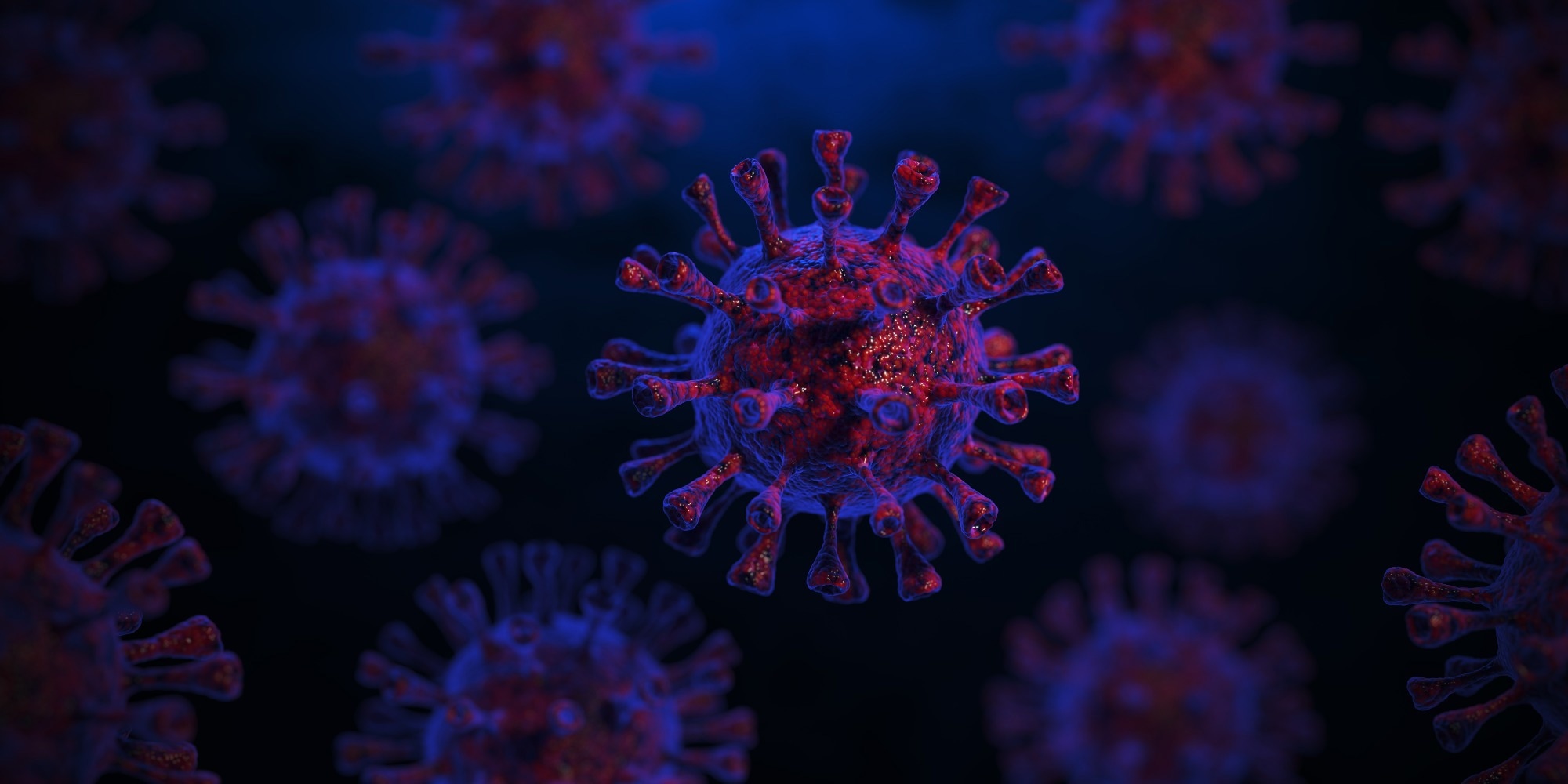In a recent study posted to the medRxiv* preprint server, researchers used an oral antiviral agent-based severe acute respiratory syndrome coronavirus 2 (SARS-CoV-2) test-and-treat (TT) model for coronavirus disease 2019 (COVID-19) mitigation in low-income countries (LICs).
 Study: Estimating the potential need and impact of SARS-CoV-2 test-and-treat programs with oral antivirals in low-and-middle-income countries. Image Credit: SWKStock/Shutterstock
Study: Estimating the potential need and impact of SARS-CoV-2 test-and-treat programs with oral antivirals in low-and-middle-income countries. Image Credit: SWKStock/Shutterstock

 *Important notice: medRxiv publishes preliminary scientific reports that are not peer-reviewed and, therefore, should not be regarded as conclusive, guide clinical practice/health-related behavior, or treated as established information.
*Important notice: medRxiv publishes preliminary scientific reports that are not peer-reviewed and, therefore, should not be regarded as conclusive, guide clinical practice/health-related behavior, or treated as established information.
Background
Oral antiviral therapeutic agents may decrease the global COVID-19 burden; however, low SARS-CoV-2 testing rates in several LICs (average below 10 tests/one lakh indiviudals/day) make the TT model development a challenging task.
Low SARS-CoV-2 testing rates could cause COVID-19 underestimation in LICs, which can complicate antiviral demands and hinder the effective usage of antiviral agents.
About the study
In the present study, researchers used PATAT (propelling action for testing and treating) antiviral agent-based modeling to compute the impact of the rates of SARS-CoV-2 testing and antiviral drug use strategies against SARS-CoV-2 infections, severity, and mortality among three LICs, i.e., Georgia, Zambia, and Brazil. For comparison, the Netherlands was used as a high IC (HIC) archetype.
The team used Ag-RDTs (SARS-CoV-2 antigen-based rapid diagnostic tests) for POC (point-of-care) COVID-19 diagnosis or for self-testing for rapid identification of SARS-CoV-2-infected individuals. SARS-CoV-2 Omicron BA.1 subvariant-like waves were simulated in the three demographically distinct LICs under varying epidemic intensity/effective transmission rate (Rt), test availability, and vaccination coverage.
Simulations were repeated with highly-prone household contacts undergoing Ag-RDTs for self-testing over the subsequent three days to initiate antiviral therapy upon being diagnosed with COVID-19. The team computed the percentage of highly-prone individuals with COVID-19 symptoms that would miss treatment if they sought reflexive testing at a later stage.
The team assumed that individuals with COVID-19 symptoms only seek testing and only SARS-CoV-2-positive, vulnerable individuals (i.e., those aged ≥60 years or adults with comorbidities) receive antiviral medications. They also assumed that 80% of the population was completely vaccinated and that over-the-counter (OTC) Ag-RDTs self-tests were available widely, such that only 10% of individuals with symptoms sought testing at clinics directly.
In addition, it was assumed that vaccine protection against SARS-CoV-2 infections was only 30% and that antiviral agents were distributed irrespective of the status of COVID-19 vaccination.
Results
At testing rates ≤10 tests per one lakh individuals per day, TT programs were unlikely to impact the COVID-19 burden, even if 90% of the total population was vaccinated. At Rt ≤1.2, increasing the testing rate to 100 tests per one lakh individuals per day with uncapped antiviral distribution to LICs (between 26 million and 90 million antiviral courses per year) could avert approximately 65% of severe COVID-19 cases, especially among the elderly.
At ≥100 tests per one lakh individuals per day and Rt (≤1.5), modest differences were observed between the simulated LICs. On increasing Rt, significant decreases in severe COVID-19 cases would only occur by substantially increasing SARS-CoV-2 self-test rates or limiting clinical SARS-CoV-2 testing to individuals highly prone to COVID-19 severity.
At Rt ≥1.5, testing demands would increase, and correspondingly >100 tests per one lakh individuals per day would be required so that highly prone individuals could be identified for treatment initiation. The percentage of severe COVID-19 cases prevented at Rt = 1.5 with 10% to 90% vaccination coverage at tests per one lakh individuals per day for Brazil, Zambia, and Georgia would be one to four percent, two to four percent, and three to nine percent, respectively. The corresponding percentages at 500 SARS-CoV-2 tests per one lakh individuals per day for Brazil, Zambia, and Georgia were 11% to 36%, 9% to 16%, and 24% to 66%, respectively.
Currently used antiviral agents showed limited impacts on the number of COVID-19 cases averted since 58% to 67% of SARS-CoV-2 transmission were attributed to pre-symptomatic or asymptomatic individuals. In Zambia and Brazil, with 6% and 15% of the population aged >60 years, where SARS-CoV-2 was mainly transmitted from low-risk individuals, irrespective of testing rates, COVID-19 cases averted reduced to <4.0% and <12%, respectively. Across all testing rates and settings, improving the coverage of COVID-19 vaccination didn’t significantly impact antiviral drug distribution.
If SARS-CoV-2 testing rates were elevated to 500 COVID-19 tests per one lakh individuals per day, the percentage of severe COVID-19 cases averted in Zambia, Brazil, and Georgia would maximally reduce to 46%, 55%, and 67%, respectively, by TT strategies. The beneficial effects on severe case reduction under higher vaccination coverage were observed only at 500 tests per one lakh individuals per day (Rt = 1.5).
At 100 COVID-19 tests per one lakh individuals per day at a particular Rt value, or 500 tests per one lakh individuals per day and greater Rt values, the percentage of severe COVID-19 cases and deaths prevented reduced significantly by two-fold to ten-fold concerning no secondary Ag-RDT distribution. The antiviral drug distribution depended on Rt (three-fold change on Rt increase from 0.9 to 2.0), country demographics (two-fold change for Georgia in relation to Zambia), testing rates (four-fold change when increasing testing to 500 tests/one lakh/day), and how tests were targeted (median three-fold change when testing only high-risk as opposed to all individuals with symptoms).
Overall, the study findings highlight the limits and estimated outcomes of oral antiviral-based TT programs for COVID-19 Under realistic vaccination and testing landscapes.

 *Important notice: medRxiv publishes preliminary scientific reports that are not peer-reviewed and, therefore, should not be regarded as conclusive, guide clinical practice/health-related behavior, or treated as established information.
*Important notice: medRxiv publishes preliminary scientific reports that are not peer-reviewed and, therefore, should not be regarded as conclusive, guide clinical practice/health-related behavior, or treated as established information.